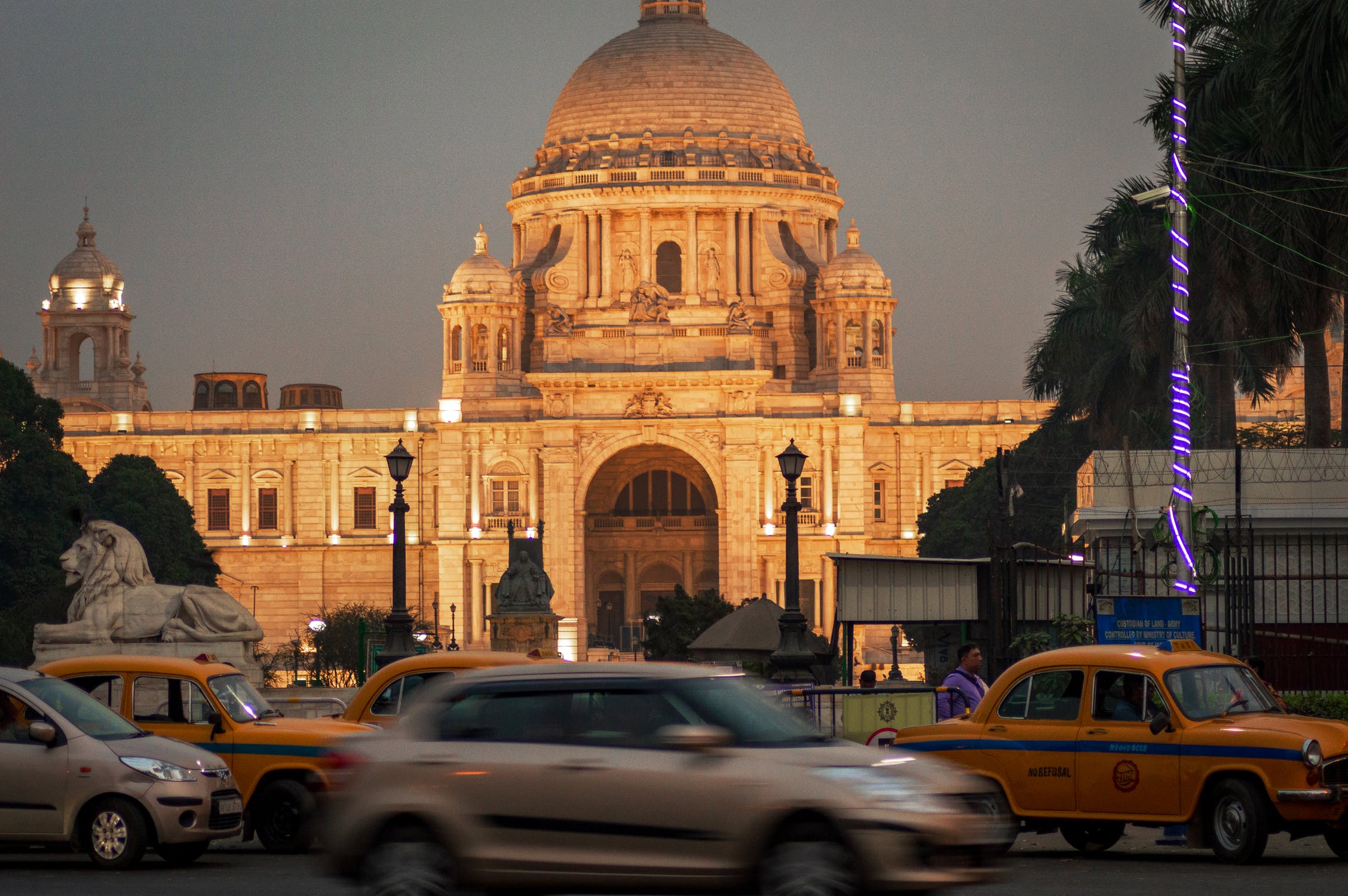


Eco Park is an urban park located in New Town Kolkata, West Bengal. It is by far the biggest public park in India. The park was envisioned by Chief Minister Mamata Banerjee in July 2011. West Bengal Housing Infrastructure Development Corporation (HIDCO) along with other governmental bodies planned the infrastructure of the park. It was inaugurated by Mamata Banerjee on 29th December 2012 and opened for visitors on 1st January 2013.
The park consists of a variety of sections that have their significance. These sections are broadly divided into 3 parts:-
The park is further subdivided into sections based on the flora planted in each location. Tourists are drawn to the reproduction of the Seven Wonders of the World in addition to the lush foliage. Tourists and locals from all around India and West Bengal gather to celebrate with their friends and relatives. A bonsai garden, a cactus walk, and a heliconia garden are still to be added to the already existent flora, which includes wildflower meadows, a bamboo garden, grasslands, and a tropical tree garden, and a butterfly garden. Furthermore, a public-private partnership will be formed to construct an eco-resort, and a space will be set aside to display handcrafted goods from various areas of India.
How does eco park serve as a sustainability hotspot?
The very name of the urban park encourages the ecological aspect of long-term growth. The park is located in New Town Rajarhat, along the Major Arterial Road (part of Biswa Bangla Sarani). It is easy for tourists to visit because it is connected to both the VIP Road and the EM Bypass. The beautiful green park protects the environment from pollution created by automobiles that drive continuously from day to night. The park is considered a sustainability hotspot because it follows a systematic approach to sustainable development. The park seems to create an ecological balance between mad hustle and acute relaxation. The concept behind the Eco Park model is to have a variety of social, economic, environmental, and architectural requirements. It has an adequate form of water, food, and energy and is economically sustainable.
Ecological zones
Avian species of eco-park
According to a DownToEarth article, GPS-tagged photographic documentation was done on many kinds of birds present at Eco Park. According to the video footage, 66 bird species are existing as of 2021.
The birds captured in the footage include:
Birds suffer as a result of increased urbanization since they lose habitat due to climate change. This causes issues during migration since birds are afraid of becoming despondent owing to rising temperatures, floods, and deserts. Ajanta Dey, joint secretary of NEWS as well as IUCN India said, “You cannot avoid urbanization, but there has to be sustainability in it. Such urban parks are designed to include biodiversity aspects. They entertain visitors. They can also be designed to integrate biodiversity, birds, and plants.” Dey further said, “The ecosystem of this grassland needs to be restored since it houses turtles, lizards, mammals, snakes, and birds. If humans can have spaces for themselves then we should give them their breathing spaces too.” Roosting and breeding of birds depend upon the food supply they adhere to from the surrounding. Birds like Siberian Cranes depend upon marshy wetlands for food.
Things to do in eco park
Visitors come to unwind with their loved ones. Visitors at Eco-Tourism Park may participate in a variety of enjoyable activities to make the most of their stay. The activities include:
How to reach eco park
If you live in the Hooghly suburbs, the most cost-effective and environmentally friendly way to get to Eco Park is to take an electric bus from Bally Halt to Korunamoyee. The usual one-way ticket is about Rs. 40-50. If an electric bus is not available, private buses or WBTC buses might be considered. For a one-way journey, a private bus costs Rs. 25 while the WBTC costs Rs. 15. Because a direct metro line has not yet begun, one can take a journey from Dakshineswar Metro to Dum Dum Metro or other stations that link with Dakhineshwar and then rely on other modes of transportation like bus, cab, or auto to reach Eco Park.
Conclusion
As Ajanta Das stated, we cannot escape urbanization, but there must be a sustainable way to do it. Thus, the ECO Tourism Park's pillars are built on the ideals of sustainable development. It not only soothes the city's insanity, but also serves as a haven for both plant and feathered species. The park connects the city to nature and serves as a man-made shield to protect all living beings from the effects of climate change. The winter season is the greatest time to visit Eco Park.
Muskan Agarwal, Student, Techno India Salt Lake, Kolkata.

Post your comment
You must be logged in to post a comment
Login heretest01-07-22 12:39 PM
test
testN/A
good
testN/A
nice